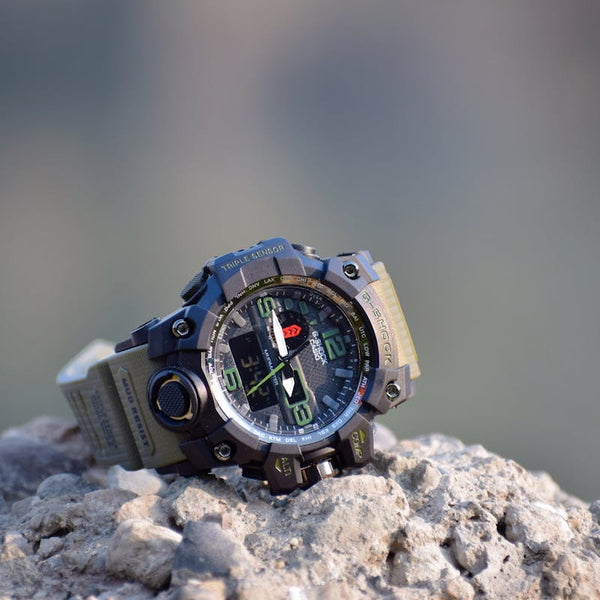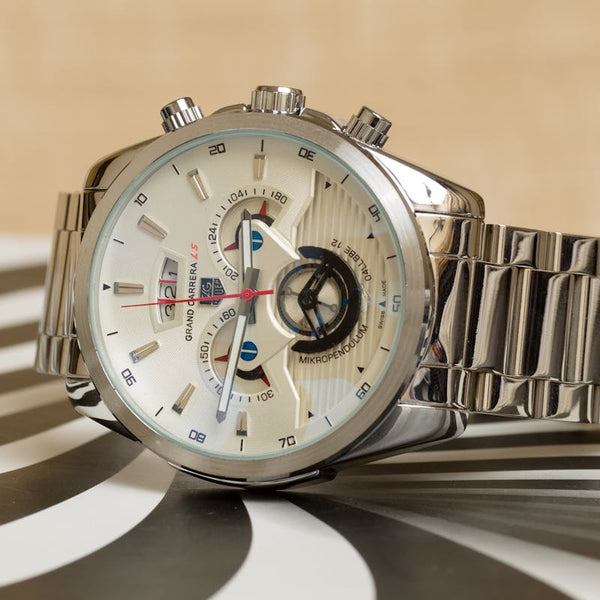Consignment Shop vs. Thrift Store: What Are The Differences?

Buying pre-loved products is a great alternative to traditional retail, promoting sustainability. The secondhand market has grown significantly in recent years due to increased environmental awareness, supply chain issues, and changing consumer behavior.
Consignment shops and thrift stores are two popular secondhand shopping options, but they operate under different business models, resulting in varied shopping experiences, pricing, and ownership structures.
This article explores the differences to help business owners make informed decisions aligned with their strategy.
Table of Contents
[ open ]Consignment Shops: An Overview

Consignment shops operate under a specific business model where consignors leave their items for sale and receive a portion of the revenue once the items are sold.
This model is attractive for business owners because it carries minimal financial risk—unsold goods can be returned to their owners.
Definition and Business Model
A consignment shop sells items on behalf of individuals or businesses, known as consignors. This model allows individuals to sell unwanted items without the hassle of direct sales. The shop earns revenue by taking a commission, usually around 40% of the sale price, leaving the consignor with 60%.
In this arrangement, the consignor retains ownership of the items until they are sold. Some consignment agreements include a specific period within which the items must be sold, after which they are returned to the owner unless the period is extended by mutual agreement.
Quality and Selection
Consignment stores focus on offering high-quality products through a strict selection process. Items undergo evaluation before they are placed on shelves, with expert staff inspecting them to ensure only well-maintained, high-quality goods are available.
Consignment shops carefully curate their inventory to appeal to their target customers, aiming to provide a more refined shopping experience. This rigorous selection process often results in higher pricing.
Also Read:How to Authenticate Designer Clothes
Thrift Stores: An Overview

Thrift stores rely on individual donations of items like clothing, decor, books, and furniture. Prices are determined by the product category, condition, and brand.
Definition and Purpose
A thrift store is a retail establishment that sells donated and secondhand items at low prices, without compensating the donors.
Unlike consignment shops, which focus on profit, thrift stores depend on the generosity of donors and aim to provide affordable products for a wide range of customers.
While consignment shops are profit-driven, thrift stores typically support charitable causes. Their business model functions as a charitable organization, using revenue to cover operational costs and fund charitable activities.
Variety and Pricing
Thrift stores offer a wide range of affordable products, including furniture, clothing, electronics, books, and decor.
Prices are lower than in traditional retail stores, making thrift shops appealing to budget-conscious shoppers. Since items are donated and not compensated, thrift stores can keep costs lower than consignment stores.
The Consignment Experience
The consignment business model creates a win-win situation for both stores and consignors.
Individuals looking to declutter and earn some money bring their items to the store, which then handles the display and sale of the goods.
This arrangement benefits consignors by providing an easy way to sell their items and benefits stores by offering high-quality, unique products.
Interactions with Consignors
The consignment model relies on a collaborative relationship between the store and consignors.
Items are carefully inspected to meet quality standards and appeal to the target market. Once accepted, the items remain under the consignor's ownership.
Clear communication is key, with stores providing guidelines on acceptable items, payouts, and pricing. Regular updates on sales and inventory help maintain a strong professional relationship.
Customer Experience
Consignment stores offer a unique shopping experience for those seeking quality and uniqueness. The mix of treasure hunting, high-quality items, affordability, and sustainability makes it a great alternative to mainstream shopping.
Shopping at a consignment store is like a treasure hunt, with an atmosphere of anticipation and the promise of unique finds. The constantly changing inventory adds an element of surprise, encouraging repeat visits.
Because consignment stores carefully inspect goods before putting them on display, customers can expect well-maintained items, challenging the misconception that buying pre-loved goods means compromising on quality.
The Thrift Store Experience
While customers are drawn to thrift stores for their low prices, the appeal goes beyond just affordability. Thrift stores offer unique finds, perfect for those seeking styles outside of mass production. Additionally, buying pre-owned items reduces waste and supports sustainability.
The thrill of thrift shopping lies in the treasure hunt experience, where customers search for one-of-a-kind items. Whether they’re after designer jeans or vintage decor, thrift stores cater to various needs.
Community Engagement
Thrift stores are more than retail outlets; they play a vital role in the community. Besides offering affordable products, they contribute directly to local causes.
Thrift stores often partner with charities, donating a portion of their sales to support these organizations. They also engage the community by offering volunteer opportunities, becoming hubs for sustainable practices and positive social impact.
Unpredictability in Thrift Store Finds
Unlike mainstream retail stores with consistent inventory, thrift stores thrive on unpredictability, adding excitement to the shopping experience. Shoppers never know what hidden treasures they might find, creating a sense of anticipation. Each thrift store is unique, with no two stores carrying the same inventory, even within the same brand.
This unpredictability attracts treasure hunters and bargain enthusiasts. Shoppers don’t visit thrift stores with a specific list; instead, they immerse themselves in the experience of discovering the unexpected. The scarcity of items adds urgency—once an item is sold, it’s unlikely to be restocked, turning ordinary objects into rare finds.
Thrift vs. Consignment Stores Pricing

A key difference between thrift and consignment stores is their pricing model. While both offer affordable products, thrift stores generally have lower prices. Consignment stores, with their curated selection tailored to a specific audience, tend to be pricier.
Thrift stores, on the other hand, often use a flat-rate pricing system, where each product category has a fixed price. The condition of an item also influences pricing—items in pristine condition are priced higher than those that show wear.
Consignment shops focus on high-quality items, so shoppers don’t need to scrutinize the condition, as the staff has already done so. Most consignment stores also authenticate designer goods before selling them.
Conclusion
When comparing consignment and thrift stores, both models share the goal of giving items a second life and offering affordable goods. Both promote sustainability by reducing waste and allowing customers to find rare, vintage items that reflect their personal style.
The shopping experience is similar in both models, with customers enjoying the thrill of discovery. Both consignment and thrift stores encourage the reuse of items that might otherwise end up in landfills.
















